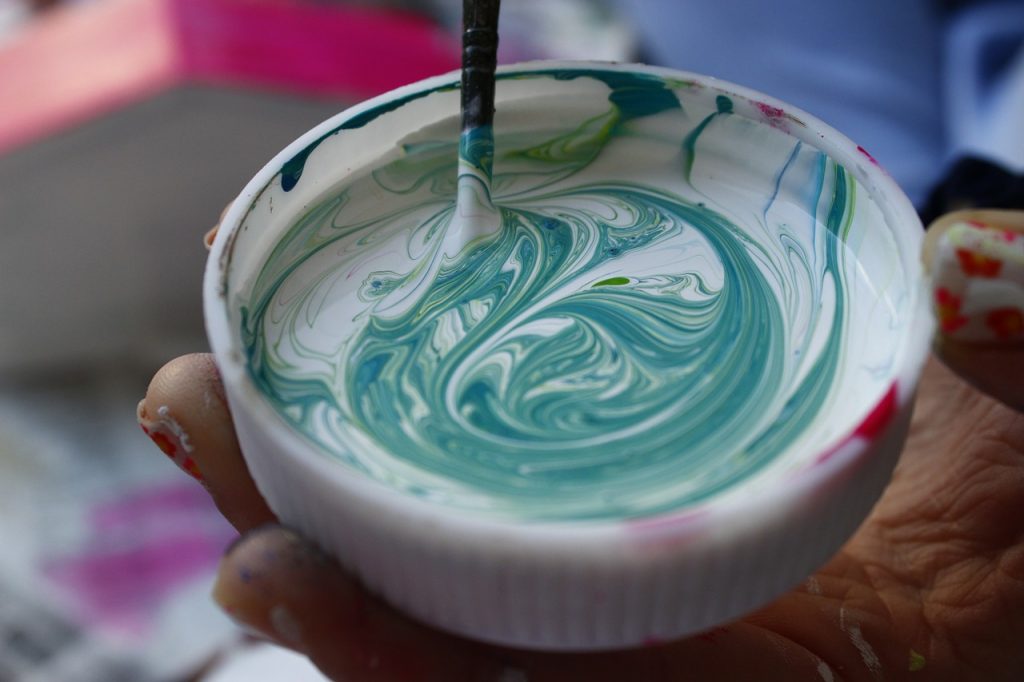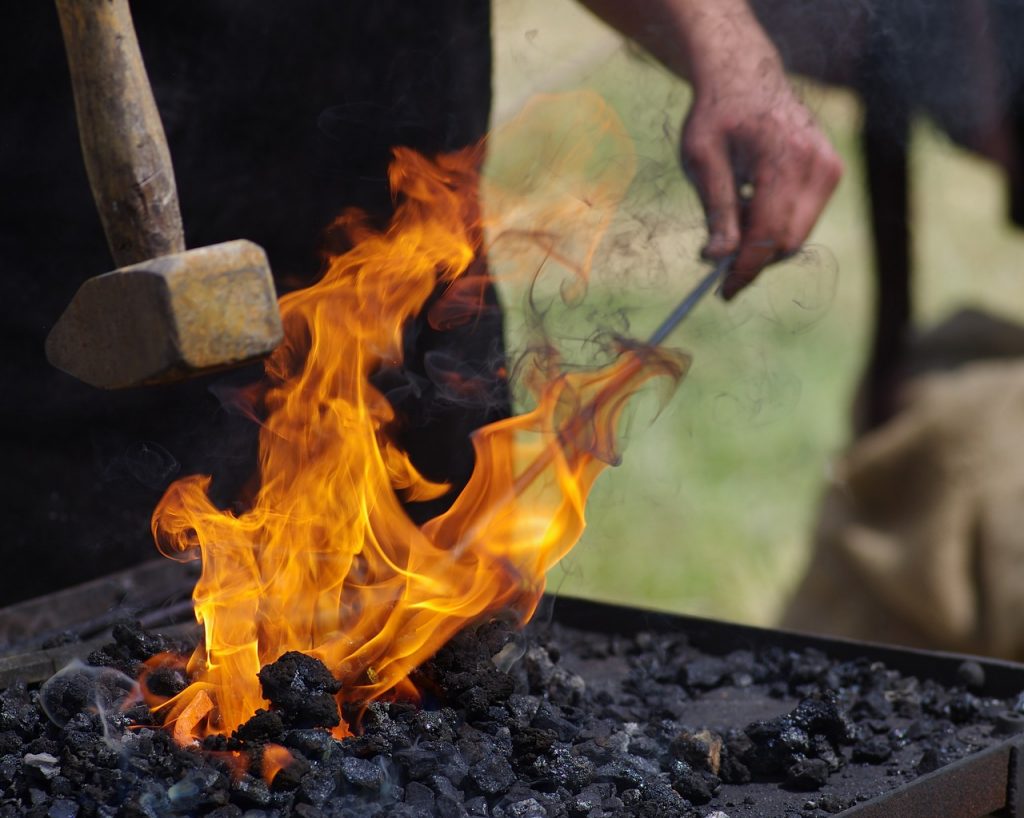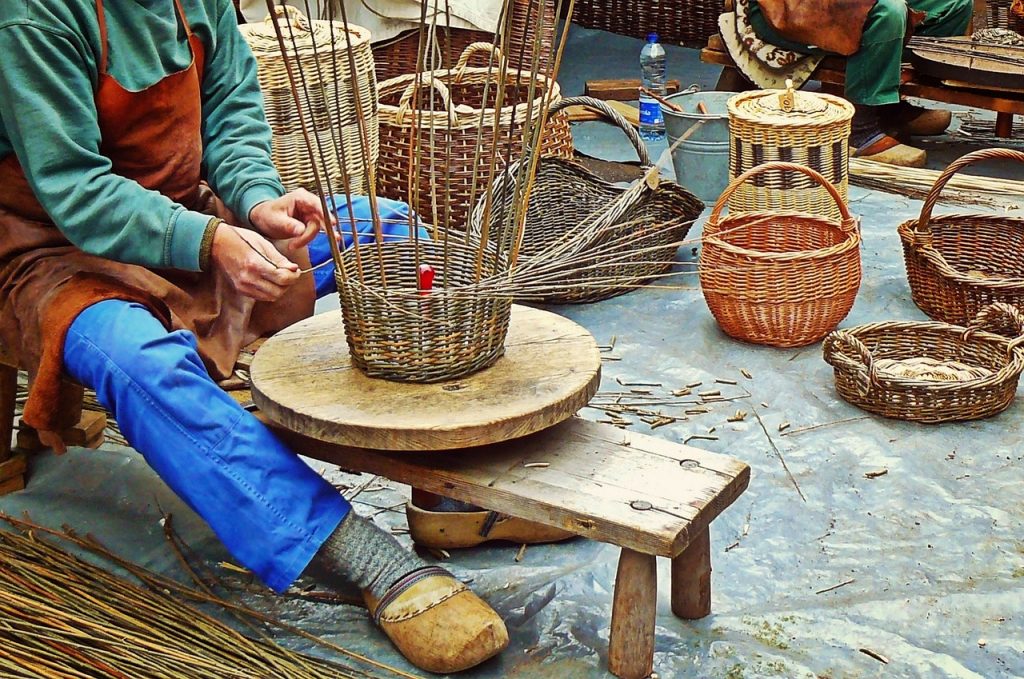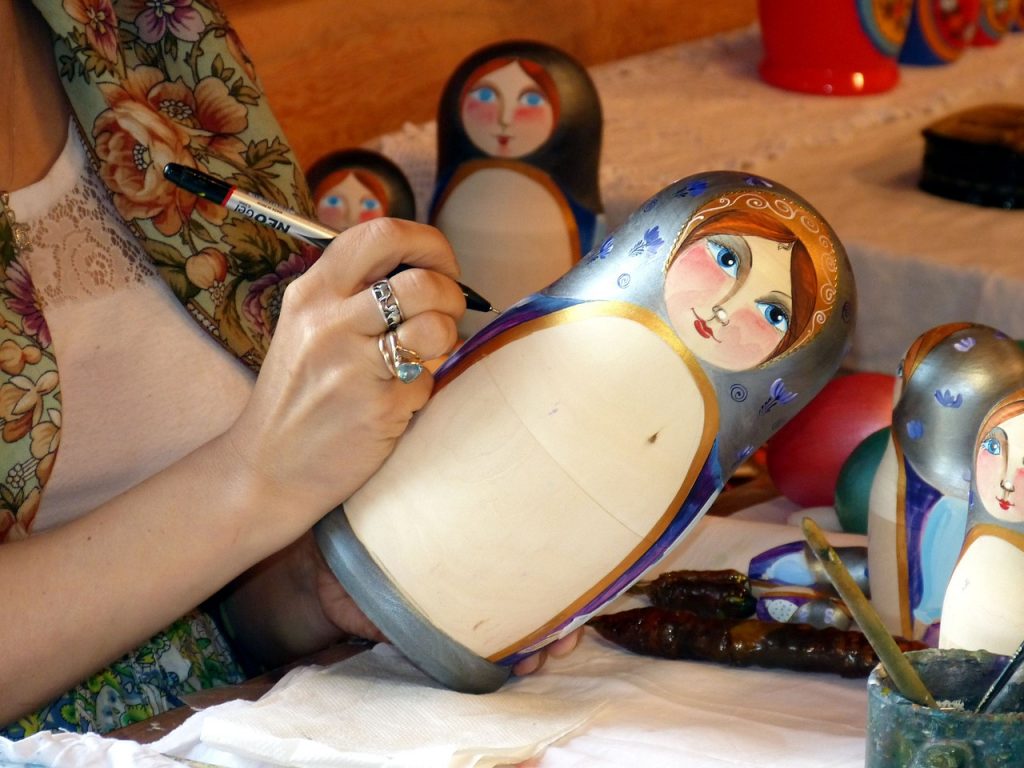What was the Arts and Crafts Movement?
The Arts and Crafts movement was an international trend focused on the decorative and fine arts. It stood for simple forms of traditional craftsmanship and often featured decoration styles with folky, romantic or medieval influences. The term itself was first coined by T.J. Cobden-Sanderson in 1887, despite having been developing in Britain for some twenty years prior. This Arts and Crafts Exhibition Society meeting was certainly where the term itself, and the whole movement truly began.
When did the Arts and Crafts Movement begin?
The Arts and Crafts Movement began in Britain around 1880. It then moved its way through Europe and North America until it emerged in Japan in around 1920. This emergence became the Mingei Movement in Japan. The Mingei Movement focussed mainly on Japanese folk art which developed in the late twenties and early thirties.
What made this a movement and not just a trend?
Although it was indeed a trend, it also had many much deeper implications. The Arts and Crafts Movement was promoting economic and social reform. It was anti-industrial and it had a huge influence on the arts in Europe. Until Modernism displaced it in the thirties, it was the main influence throughout the British Empire and ultimately the whole of Europe. Even beyond that it still influenced designers, crafters and even town planners for years following.

What prompted the start of the movement?
The Arts and Crafts Movement reacted to the impoverishment of the decorative arts. Reacting to the conditions in which we made decorative pieces. It was a widescale attempt to reform the way that design and decoration were heading in the mid-nineteenth century. An already existing opinion that the standards were declining in machinery and factory productions were made much more apparent by the Great Exhibition of the Work of Industry of All Nations in 1851. This was an international exhibition and the first in a whole series of World’s Fairs. It took place in Hyde Park, in London, and these exhibitions of culture became extremely popular.
And what was wrong with the Great Exhibition of 1851?
The works within this exhibition were considered excessive. Excessively ornate, excessively artificial and totally ignorant of quality-of-craftsmanship or materials. Applying these criticisms across the board for pretty much all manufactured goods, it was, in fact, the exhibition organisers that began the reform. They were unanimous in condemning the exhibits.
So why exactly did the Arts and Crafts movement come to be?
The Arts and Crafts Movement was, without question, a socialist movement. It attacked industrial society, the modern factory, using machinery instead of a workforce, the division of labour and capitalism as well as trying to regain the recent loss of traditional crafting methods. Many of the designers involved with the early stages of the Arts and Crafts Movement were socialists. This includes one of the most influential in the movement, William Morris; Throughout the 1880s Morris spent more of his time on his socialist views than he did on designing and making. This socialise view, however, wasn’t always the case. For example, Lewis Foreman Day, a British decorative artist, was a very important figure in the movement. He was not a socialist, despite a very close friendship with Walter Crane, who indeed was.

How did the Arts and Crafts movement come to be?
Morris’s designs became increasingly popular, very rapidly. The International of 1862, another of the world’s fair series which was also known as the Great London Exposition, featured much of his company’s work. The work attracted great interest. Morris made design commissions as a result of this. These were won at St James’s Palace and the South Kensington Museum – which went on to become the Victoria and Albert Museum.
Despite initial intentions being pretty much entirely the opposite, Morris’s work became very popular within the middle and upper classes; William Morris has wished to create a democratic art. Towards the end of the 19th century, it became apparent that arts and crafts were a strong, dominant style throughout interiors in Britain. Seeing conventional industrial machines used to create products with a similar aesthetic.
By the end of the nineteenth century, the Arts and Crafts Movement was hugely influential. Not only on crafting itself but also painting and sculpture, ceramics and tiling, furniture, metalwork, bookmaking, photography and even architecture. By 1910, it was incredibly on-trend to have handmade clothing, jewellery and even rugs and linens.

What caused the end of the movement?
The Arts and Crafts Exhibition Society held 11 exhibitions held between 1888 and 1916. The 1912 exhibition had failed financially and this saw the start of a steady decline. By the time the war broke out in 1914, the movement was facing a total crisis. The main issue was the total rejection of a commercial role. The Arts and Crafts movement was described as “design radicals who influenced the modern movement, but failed to change and were eventually superseded by it”. Nikolaus Pevsner said this, in his book “Pioneers of Modern Design”. Modernism became the next large movement, and due to the total lack of adaptability from the Arts and Crafts movement, it died out…for now.
The new Arts and Crafts Movement
Almost 150 years after the start of the Arts and Crafts movement, we are once again embracing the simple things. In the current day and age, the future is now. We live in a world of the internet at our fingertips, smartphones, 3D printing and virtual reality. Whilst this Information Age is new and exciting, it’s also wholly overwhelming. Despite this, we continue to embrace it, but in a way that the original Arts and Crafts movement failed to, by adapting modernism into the process.
More of us are now preferring handmade products over mass-produced ones. Encouraging independent retailers and even private crafters to large-scale chains and department stores. We are embracing the world-at-our-fingertips-technology to connect with indie crafters. We are accepting a shared worldwide knowledge base and taking advantage of this to learn new skills, new crafts and share ideas.

The best of both worlds
We are using more and more modern techniques but applying them to the values of the past. We want high-quality, the reduction of errors and the speed that machinery and modern technology offer us. But we also want the uniqueness, the love and the passion that handmade goods come laced with. What once seemed like an impossibility to the Arts and Crafts Movement has become much more of a reality in its revival.
Still very much a socialist, economic and now also environmental movement, people are moving away from fast-fashion and mass-production. But they are also embracing the modern advancements that make these more traditional-methods possible to produce on a more realistic scale. In the current climate, we are focussing more and more on sustainability and integrating this into best practices across the board.
From digital printing to machines that we master, rather than automate, we’ve managed to find a middle ground. One that stops there being so much waste and landfill, one that ensures uniqueness, artisan techniques and individuality, yet also one that ensures that the crafter receives a fair price, and the buyer doesn’t pay more than the products are worth. Millennials have managed what our ancestors didn’t: Adaptability.



